I’ll be honest. I have had this blog for months and have been completely terrified of starting it properly… What could I have to say that anyone would be interested in reading? I started imagining I would have to retrain and become a journalist writing regular in depth investigative essays on vitally important subjects… I quite fancied this new me for a while, but after a bit of thought I realised it would be close to impossible to be an investigative journalist and full time designer/printmaker (I already feel wildly behind schedule most of the time). So... I procrastinated some more... Then by chance I got some advice from a very clever and savvy web developer and uncharacteristically I actually listened to it... It took a couple of weeks for the advice to sink in but finally I have come to accept some people might actually be interested in what I do, how I do it and what I know. So... Here goes. My blog. I will endeavour to post once a week at least.
Why not start at the beginning then… Are you sitting comfortably? Then I will begin…
Why not start at the beginning then… Are you sitting comfortably? Then I will begin…
Ideas.
I have read a number of interviews with artists who are invariably asked how and when they get their ideas. It is quite a tricky question to answer as many working artists have been thinking, making and working in their own way for so long it becomes almost an unconscious process… much as riding a bike or driving a car. However, on those (hopefully rare) occasions when ideas seem to dry up and inspiration has packed its bags, that’s when you suddenly have to question the ideas process… where does inspiration come from?
Generally speaking my ideas are connected to the people I have around me, friends and family, sometimes a fictional character from a book or someone who catches my eye in the street. I like to create a design based around that person, their interests and delights, the colours they prefer, how they dress, the things they say… all of these little things can spark an idea which can then grow and develop into an independent design.
Getting the idea down on paper… Drawing is where my ideas become designs as my style of drawing will inform the development of the idea. It’s no good me trying to draw a design already perfectly formed in my head. That only leads to disappointment and frustration. Letting the design develop naturally following the lines my pen makes on the page, then redrawing and over drawing until it feels right. Sometimes I find a design just isn’t coming together… and then I have to leave it. File it away, sometimes for a week, sometimes it languishes for months before I dig it out and have a fresh look at it. I start working on it again and invariably, eventually I will make the right mark or move something around and it will suddenly be right, and ready to be turned into a print!
Here are some tips on how to get those ideas flowing:
1. I think this is the most important one. Make sure you get some quiet time alone to think. It needn't be a Tuscan holiday, although I am sure that would help... Fifteen minutes while you are washing up or brushing your teeth might do the trick. Clear your mind of the old ‘to do’ list and just think about what interests you… Try not to worry if no images come yet, just let your mind wander and see where it goes.
I have read a number of interviews with artists who are invariably asked how and when they get their ideas. It is quite a tricky question to answer as many working artists have been thinking, making and working in their own way for so long it becomes almost an unconscious process… much as riding a bike or driving a car. However, on those (hopefully rare) occasions when ideas seem to dry up and inspiration has packed its bags, that’s when you suddenly have to question the ideas process… where does inspiration come from?
Generally speaking my ideas are connected to the people I have around me, friends and family, sometimes a fictional character from a book or someone who catches my eye in the street. I like to create a design based around that person, their interests and delights, the colours they prefer, how they dress, the things they say… all of these little things can spark an idea which can then grow and develop into an independent design.
Getting the idea down on paper… Drawing is where my ideas become designs as my style of drawing will inform the development of the idea. It’s no good me trying to draw a design already perfectly formed in my head. That only leads to disappointment and frustration. Letting the design develop naturally following the lines my pen makes on the page, then redrawing and over drawing until it feels right. Sometimes I find a design just isn’t coming together… and then I have to leave it. File it away, sometimes for a week, sometimes it languishes for months before I dig it out and have a fresh look at it. I start working on it again and invariably, eventually I will make the right mark or move something around and it will suddenly be right, and ready to be turned into a print!
Here are some tips on how to get those ideas flowing:
1. I think this is the most important one. Make sure you get some quiet time alone to think. It needn't be a Tuscan holiday, although I am sure that would help... Fifteen minutes while you are washing up or brushing your teeth might do the trick. Clear your mind of the old ‘to do’ list and just think about what interests you… Try not to worry if no images come yet, just let your mind wander and see where it goes.
2. Keep a notebook and a drawing pad handy around the house, studio or nearby at work. Sometimes an idea will flit past and it’s vital to get something on paper before it’s buried by that pesky old to do list again! I like to make little books of scraps of paper I would otherwise recycle held together with a clothes peg for notes. It’s a green thing to do, and it also stops you being too precious and worried about the marks you make. A clean fresh sketchbook can be one of the most intimidating things in the world!
3. Surround yourself with images and colours and patterns… Anything that catches your eye or interests you. A scrapbook is great, as are online resources like Pinterest or good old Google images… However, I think a pin board or postcards pinned to your wall, or in frames, are much more effective as these images are around you and visible all the time. Make groupings of patterns or colours that work for you and frame or pin them together. Hang or place them wherever you'll be likely to glace from your desk when your mind wanders and your open for inspiration.
3. Surround yourself with images and colours and patterns… Anything that catches your eye or interests you. A scrapbook is great, as are online resources like Pinterest or good old Google images… However, I think a pin board or postcards pinned to your wall, or in frames, are much more effective as these images are around you and visible all the time. Make groupings of patterns or colours that work for you and frame or pin them together. Hang or place them wherever you'll be likely to glace from your desk when your mind wanders and your open for inspiration.
4. Get outside. Pay attention when you go for a walk in the park or to the market. If you can, take a sketchbook, if you don’t have time take a camera and snap whatever catches your eye. When you get home make sure you sort through the images you have recorded and file them carefully so you can access them again when you need to.
5. As I said I often use people I know as a starting point for a design. However other inspiration comes from quotes. I find these online or in books. I tend to search for someone I know I like and see where the search takes me following links and words until something resonates. Other places to look might be a favourite book, or eavesdropping in cafes or at the bus stop. Just try not to get caught out!
5. As I said I often use people I know as a starting point for a design. However other inspiration comes from quotes. I find these online or in books. I tend to search for someone I know I like and see where the search takes me following links and words until something resonates. Other places to look might be a favourite book, or eavesdropping in cafes or at the bus stop. Just try not to get caught out!
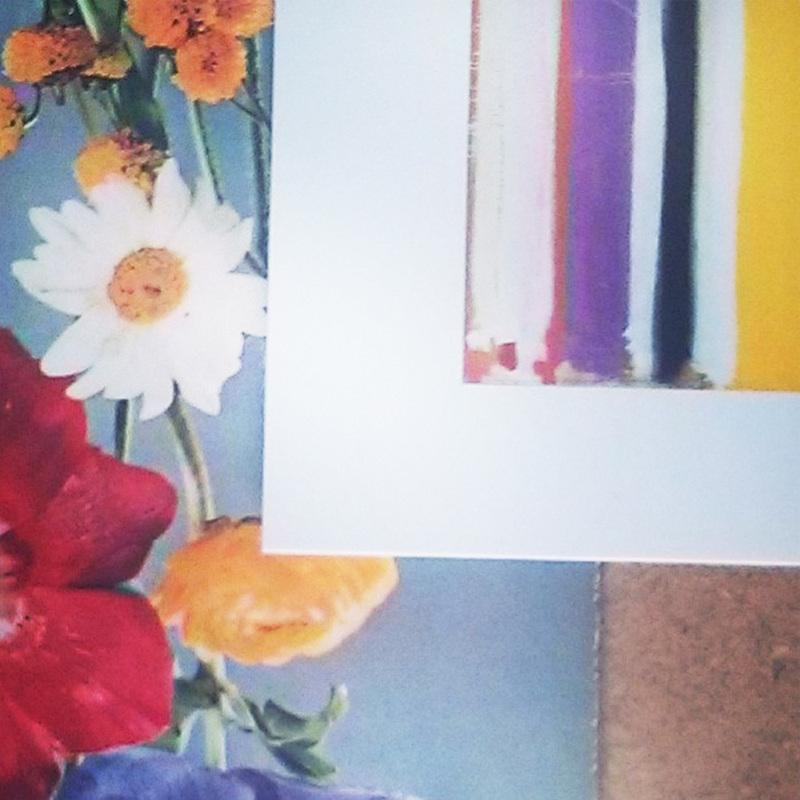

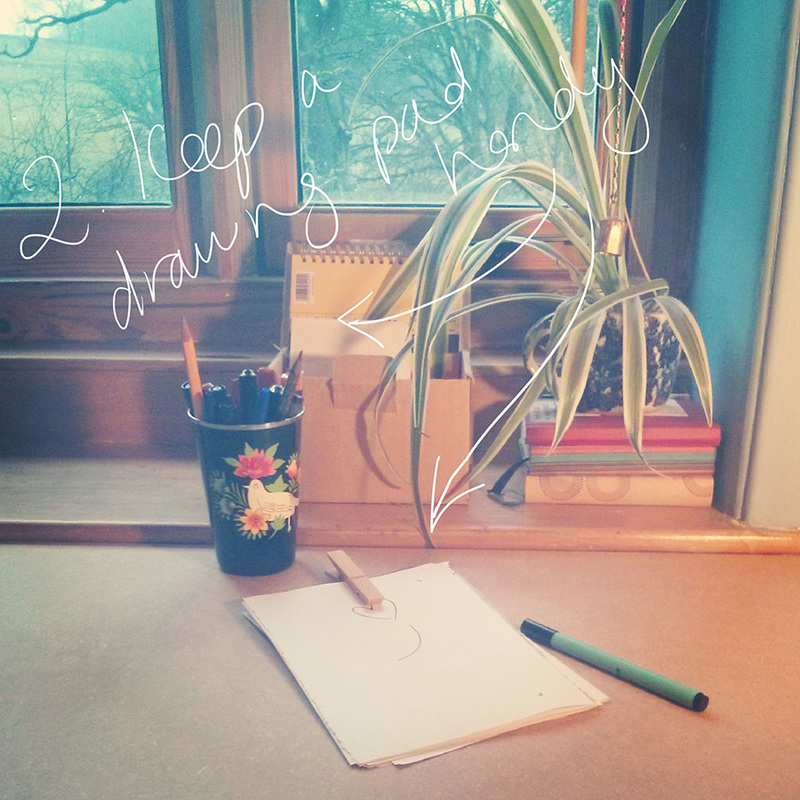
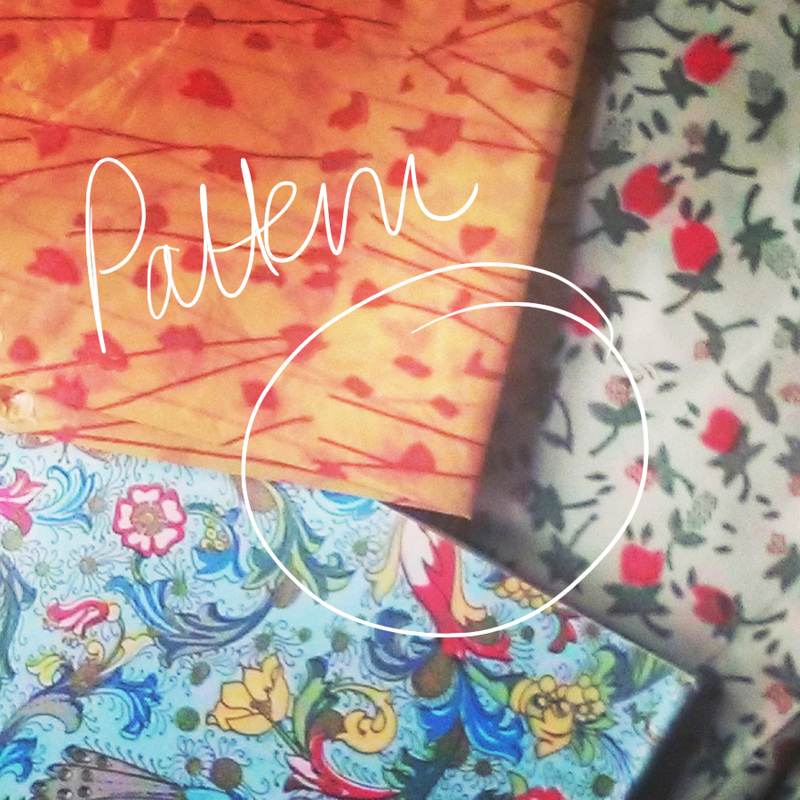
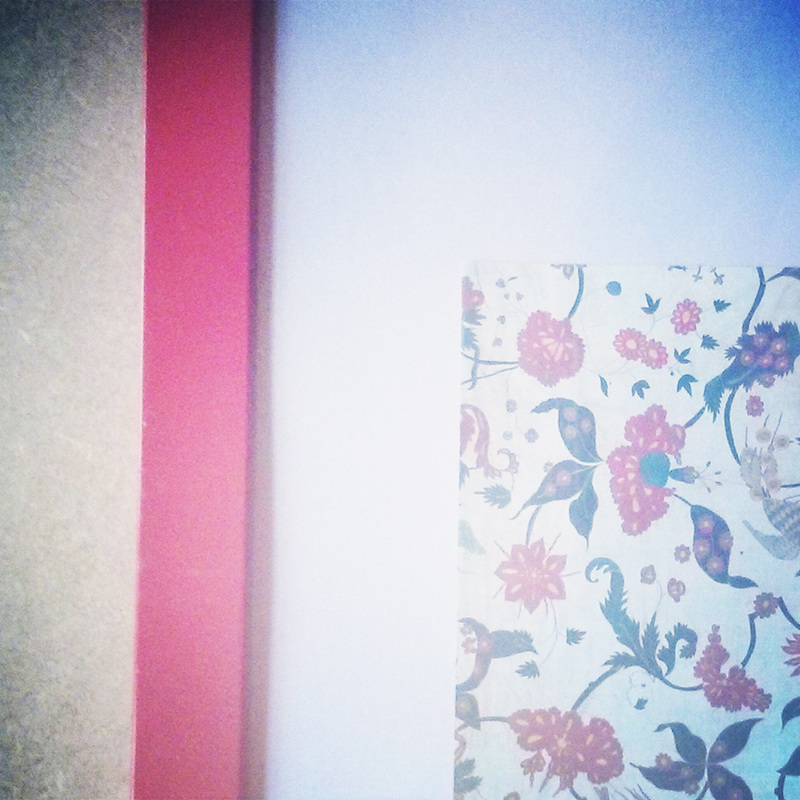
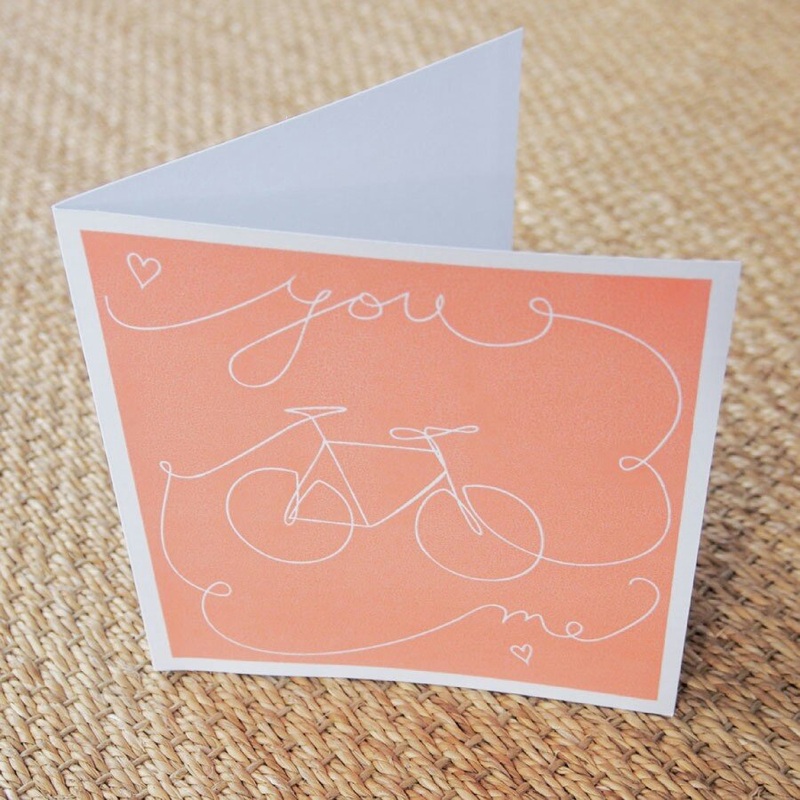






 RSS Feed
RSS Feed


